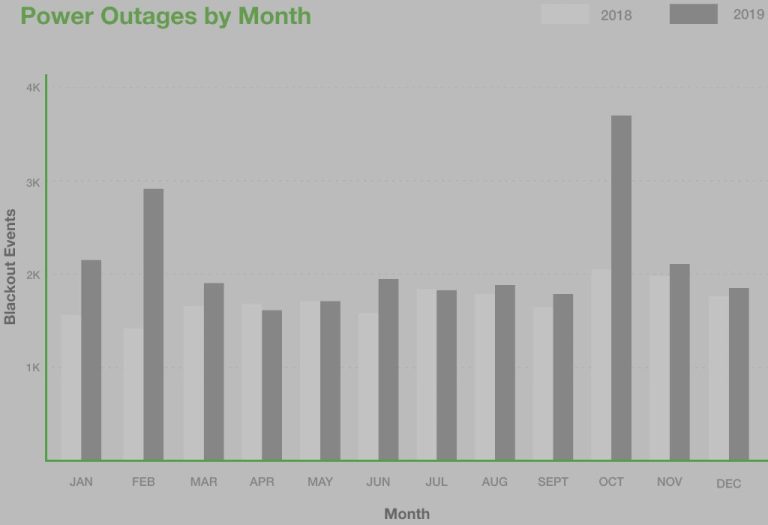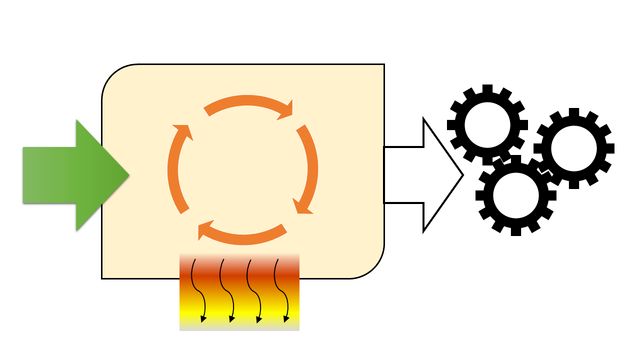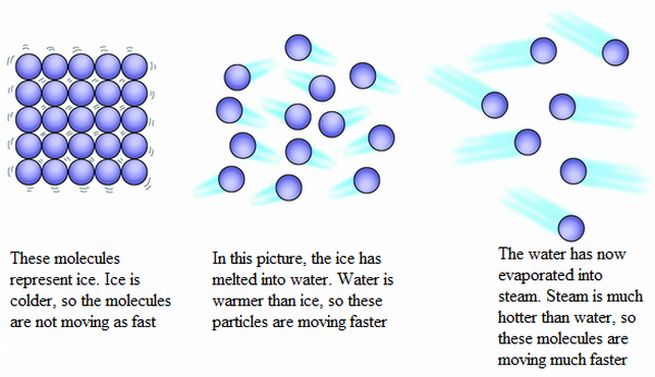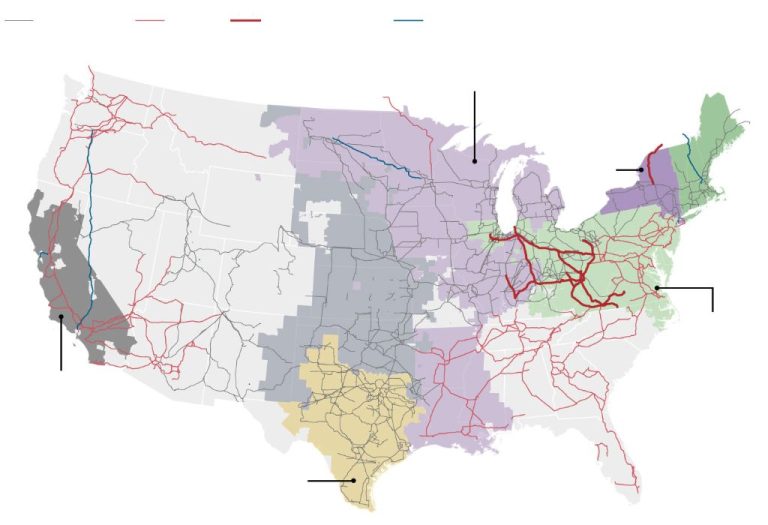Where Is The Most Potential Energy?
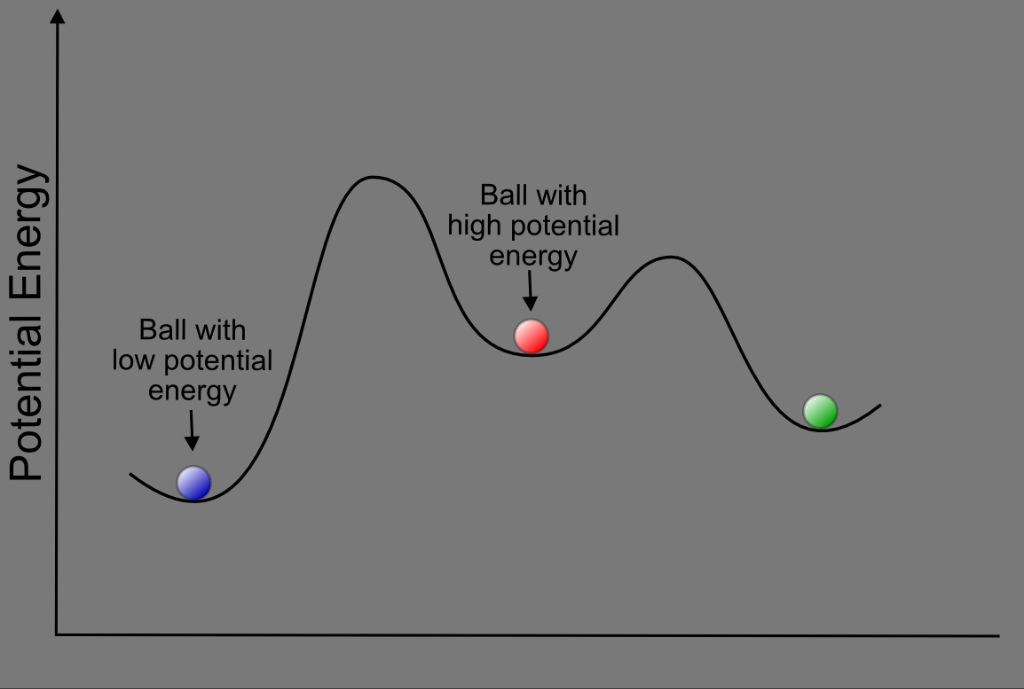
Potential energy is the stored energy an object has due to its position or state. It is an important concept in physics because it allows us to calculate the potential an object has to do work. When objects move to a lower position or change to a different state, the potential energy is converted to kinetic energy. Understanding potential energy allows us to quantify how much usable energy is available in a system. Some common examples of potential energy are gravitational, elastic, chemical, nuclear, and electrical. Knowing the potential energy present allows us to predict motion, model physical systems, and utilize this energy in applications. As this overview shows, potential energy is a key physics principle with many real-world usages.
Source: https://energy5.com/potential-energy-what-you-need-to-know
Gravitational Potential Energy
Gravitational potential energy is the energy stored in an object due to its position within a gravitational field. On Earth, this means how high an object is raised above the ground. Gravitation potential energy is directly proportional to an object’s mass, the acceleration due to gravity, and the object’s height. The higher the object, the greater its gravitational potential energy.
The formula for gravitational potential energy is GPE=mgh, where m is the object’s mass, g is the acceleration due to gravity (9.81 m/s2 on Earth), and h is the object’s height above some reference point. This means that doubling the height of an object doubles its gravitational potential energy, since the h term is squared. On Earth, an increase in height of 1 meter results in an increase in gravitational potential energy of about 9.81 J for each kg of mass.
For example, lifting a 5 kg object 10 meters off the ground increases its gravitational potential energy by 490 J (5 kg * 9.81 m/s2 * 10 m). The key point is that gravitational potential energy increases linearly with height.
Gravitational potential energy can be converted to kinetic energy when the object falls. The overall mechanical energy remains constant, but transforms between potential and kinetic forms.
Elastic Potential Energy
Elastic potential energy is the energy stored in elastic objects that are stretched or compressed. For example, when a spring is stretched or compressed, the atoms are forced out of their equilibrium positions and elastic potential energy is stored in the deformed bonds between them. The more the spring is stretched or compressed, the more elastic potential energy it contains.
The formula for elastic potential energy is:
PE = 1/2 k x^2
Where:
- PE is the elastic potential energy in joules (J)
- k is the spring constant in newtons per meter (N/m)
- x is the displacement of the spring from its relaxed length in meters (m)
This formula shows that the elastic potential energy stored in a spring is proportional to the square of the displacement. Stretching or compressing a spring increases the elastic potential energy stored within it quadratically.
Any elastic object, such as a rubber band, trampoline, slingshot, or bow, stores elastic potential energy when it is deformed. The more these objects are stretched or compressed, the greater the elastic potential energy they contain. This energy can then be transferred into kinetic energy when the deformation is released.
For example, according to this source, when you pull back the rubber band of a slingshot, you increase its elastic potential energy. Releasing the rubber band transfers that energy into the kinetic energy of the projectile to make it fly farther.
Chemical Potential Energy
Chemical potential energy is the energy stored in the bonds between atoms and molecules. It is the energy released or absorbed during a chemical reaction. Chemical bonds contain varying amounts of potential energy depending on the elements involved.
For example, the covalent bonds between hydrogen and oxygen atoms in a water molecule contain a significant amount of potential energy. When water undergoes electrolysis, these bonds are broken and energy is released. Hydrogen fuel cells work by reversing this reaction – hydrogen and oxygen gases combine to form water, storing chemical potential energy that can be tapped as needed. Foods also contain chemical potential energy in the bonds between carbohydrates, lipids, and proteins. This energy is released when metabolic processes break these bonds during digestion.
Explosives like TNT contain extremely high amounts of potential energy in their molecular bonds. When detonated, these bonds rapidly break and release tremendous amounts of heat and explosive power. The potential energy stored in chemical bonds can clearly yield very high amounts of energy when properly utilized.
Nuclear Potential Energy
Nuclear potential energy is the potential energy stored in the atomic nuclei of atoms. It arises from the strong nuclear force that binds protons and neutrons together in the nucleus. The strength of the nuclear force determines the binding energy that holds the nucleus together. The more tightly bound the protons and neutrons are, the more nuclear potential energy the nucleus contains.
The binding energy per nucleon is the nuclear potential energy per nucleon relative to the nucleons being unbound. This binding energy reaches its peak at iron-56, which has the highest binding energy per nucleon of any nucleus. Nuclei lighter than iron-56 can fuse together to release binding energy, while nuclei heavier than iron-56 can fission to release binding energy. This is why nuclear fusion and nuclear fission can yield such massive amounts of energy.
According to Liu et al. (2007) [1], a simple nuclear potential energy formula can be used to calculate the potential energy stored in the nucleus based on its density and radius. Ma (2014) [2] notes that the nuclear potential energy is proportional to the average binding energy per nucleon. Therefore, the greatest nuclear potential energy exists in stable, tightly bound nuclei with many nucleons.
Electrical Potential Energy
Electric potential energy is the energy stored in charged particles located in an electric field. It arises from the interaction between charged particles via electrical forces. The amount of electric potential energy stored depends on the amount of charge (q) of the particles and their separation distance (r).
The formula for electric potential energy between two point charges is:
Ue = kq1q2/r
Where:
Ue = electric potential energy (in joules)
k = Coulomb’s constant ≈ 8.99 × 109 N∙m2/C2
q1 = charge of particle 1 (in coulombs)
q2 = charge of particle 2 (in coulombs)
r = distance between the two charges (in meters)
The electric potential energy increases as the charges become larger and move closer together. It reaches a maximum when the charged particles are closest. This stored energy can be converted into other forms like kinetic energy when the charged particles move. For example, lightning releases the built-up electric potential energy in thunderclouds.
Overall, the amount of potential energy stored in a system of charged particles depends on the arrangement and interactions of the electric charges. Bringing charges closer or increasing their magnitude results in greater electric potential energy.
Which Stores the Most?
There are several ways that potential energy can be stored, each with their own capacity, advantages, and disadvantages. When comparing the potential energy storage capacities of different systems, there are a few key factors to consider:
Gravitational potential energy storage systems like pumped hydro and compressed air energy storage (CAES) can store very large amounts of energy, often gigawatt-hours (GWh). However, they require specific geologic formations that limit locations. Pumped hydro is considered the most mature large-scale energy storage technology but growth is slowing due to topography constraints (Tong, 2022).
Electrochemical batteries like lithium-ion have become popular for grid-scale applications. Though lower capacity than pumped hydro per system (usually 10-100 megawatt-hours), they can be sited virtually anywhere. Total global grid-scale battery storage is rapidly increasing, with over 11 GW added in 2022 (IEA, 2023).
Chemical bonds store a massive amount of potential energy. Hydrogen fuel produced via electrolysis could be viable large-scale storage, but the technology is still developing. Ammonia and synthetic liquid fuels are also being researched (EESI, 2019).
Overall, pumped hydro currently leads in capacity thanks to mature technology and suitable geography. But batteries are scaling rapidly and chemical energy storage has great potential with further development.
Real-World Examples
Real-world systems harness and utilize high amounts of potential energy in various forms:
– Hydroelectric dams store gravitational potential energy by holding back massive reservoirs of water behind a dam. When electricity is needed, valves open to allow the water to rush through turbines, converting the gravitational energy into electricity.
– Compressed springs and rubber bands have immense elastic potential energy. This energy is released when the spring or rubber band uncoils, allowing toys, mechanisms, and machines to function.
– Batteries are packed with chemical potential energy in the bonds of their chemical compounds. This energy is tapped as electrons flow through circuits, powering everything from small devices to electric vehicles.
– Nuclear power plants split uranium or plutonium atoms, unleashing the nearly 1 million times more energy that is stored in their nuclear bonds compared to chemical bonds. This provides an incredibly concentrated source of power.
– Charged capacitors store electrical potential energy in their electric fields. This stored energy can discharge lightning-fast to release surges of current.
Applications
Potential energy has many useful applications that take advantage of its ability to do work (Source 1). One of the most common is hydroelectric power. Dams are built to store water at a high elevation, giving it gravitational potential energy. When the water is released, it flows downhill through turbines, converting that potential energy into kinetic energy and generating electricity. Hydroelectric power provides renewable energy that takes advantage of nature’s potential energy.
Other applications that leverage potential energy include spring-loaded and compressed devices. For example, crossbows and catapults use elastic potential energy stored in bent flexible arms to launch projectiles. Pressurized gas cylinders contain compressed gas with increased potential energy that can be released to power pneumatic tools. Flywheels spinning at high speeds have rotational kinetic energy that can act like stored potential energy. There are many ways mechanical devices can take advantage of potential energy’s ability to perform work (Source 2).
Conclusion
In summary, potential energy is an incredibly important concept in physics and engineering. It refers to stored energy that has the potential to be converted into kinetic energy and do work. The main types of potential energy we explored were gravitational, elastic, chemical, nuclear, and electrical.
Gravitational potential energy depends on an object’s height relative to the ground, while elastic potential energy depends on an object’s deformation. Chemical potential energy is stored in the bonds between atoms and molecules, and can be released through chemical reactions. Nuclear potential energy arises from the binding forces within an atomic nucleus, and can be harnessed through nuclear fission and fusion.
Of all the types, nuclear potential energy stores by far the most energy per unit mass. However, each form of potential energy plays an important role across many domains and applications. Understanding potential energy allows us to harness natural forces to do useful work, from generating electricity to powering vehicles.
Overall, the concept of potential energy reveals that even when objects are motionless, they can contain immense stores of latent energy ready to be unleashed. This energy has the “potential” to create motion, spawn chemical reactions, induce nuclear explosions, and more. Learning to calculate, control, and utilize potential energy underpins much of modern science and technology.

